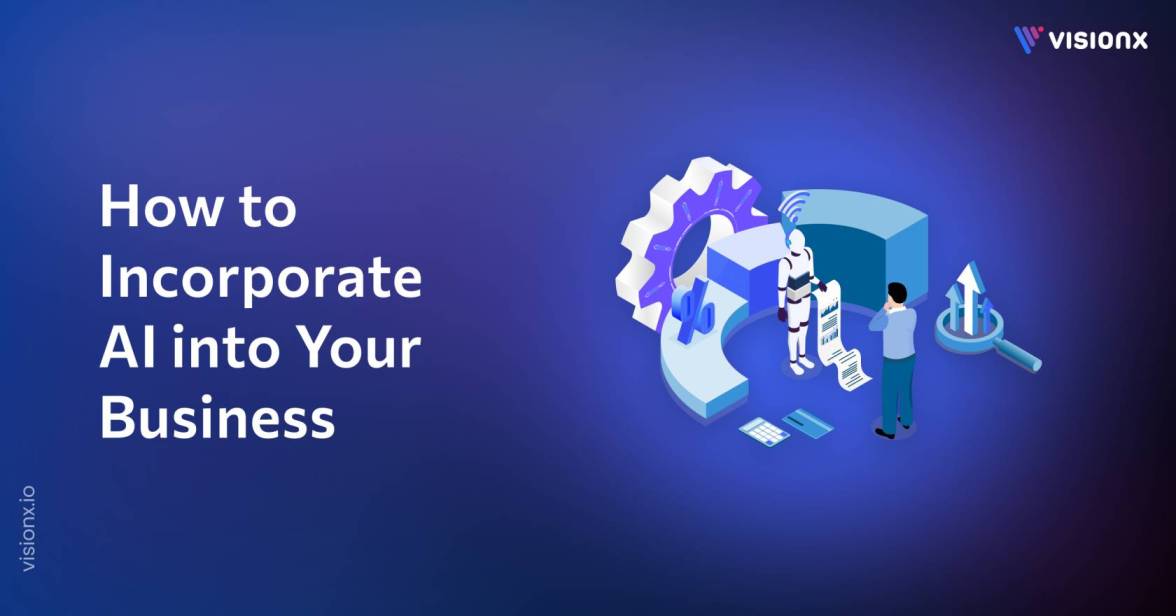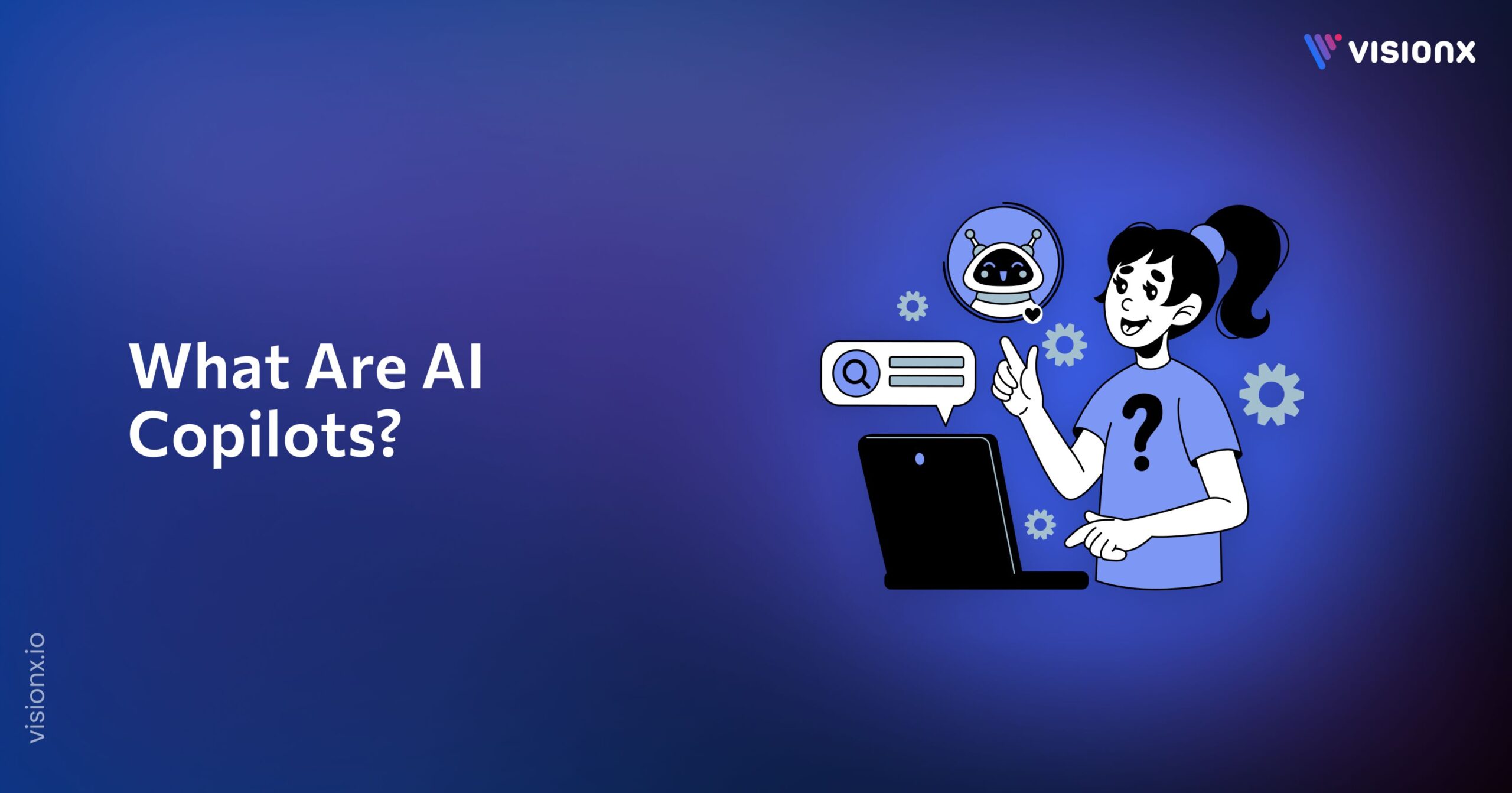Only 12% of business executives use AI in their operational workflows, despite the fact that over 81% of them think that it gives them an edge in the market.
This difference shows a gap between intention and action. That being said, the problem isn’t that there aren’t enough tools for you to figure out how to use AI in your business. It’s about knowing where to start, what’s worth your time, and how to tie it all back to results.
Many small companies are already starting businesses with AI to automate tasks in order to free up time to focus on their growth.
This guide breaks down how you can integrate AI in your business, step by step. You’ll learn what works, what to avoid, and how to incorporate AI into your business operations, even if you’re on a tight budget.
How to Incorporate AI into Your Business
This is a step-by-step process for how to incorporate AI into your business the right way.
Step 1: Familiarize Yourself with AI Technologies
Familiarize yourself with the capabilities and limitations of AI. Start with the basics in order to learn how to incorporate AI into your business.
AI is a mix of tools, algorithms, and systems. Each of them is built for different tasks. From AI agents that manage customer chats to generative AI that produces content, there’s a lot to explore.
Spotify is a good example. It uses AI algorithms to suggest music based on your listening habits. The same thinking applies to business. AI can improve customer service, speed up decisions, and support your team.
That’s why this step matters. Before you think about implementing AI in business, you need to understand what these tools do.
It’s the first move in your AI implementation journey. This knowledge gives a clear direction if you’re testing ideas or starting a business with AI.
Step 2: Identify the Business Problem AI Can Solve
You can’t use AI for business unless you know what problems you want to solve.
Start with your pain points:
- Are your teams slow with manual tasks?
- Are your customers unhappy with support?
- Do you need better forecasts or faster decisions?
This is where you connect AI to real value. Tools like generative AI and AI agents help reduce these errors, speed up responses, and identify new patterns.
Take Zara. The company utilizes AI in its business to study purchasing habits and optimize inventory management. This improved their profit margins and reduced waste. A clear problem that led to a smart AI move.
A global McKinsey survey finds 78% of companies use AI in at least one function, which depicts a widespread move towards intelligent systems.
To begin integrating AI into business, name your top priority. This step guides the rest of your AI implementation strategy. And if you stay focused on your goals, the benefits of integrating AI into your business will become clear and measurable.
Step 3: Assess Data Readiness and Infrastructure
Ask yourself what data exists and where it lives.
- Is it clean and structured?
- Can you access it easily?
Answering these questions is important because AI relies on high-quality data, and poor data can lead your business to poor results.
A recent UK study finds that only 12% of small and medium enterprises have trained staff on AI tools. That shows most companies lack internal data skills to integrate AI into business systems effectively.
Zoom, for example, uses smart AI systems to transcribe meeting audio into notes. Before they do that, they ensure transcripts are accurate. Good data makes their AI implementation in business effective.
Look at your own company systems. Do they flow together or act in isolation? Can your team access records fast? If not, then AI won’t be able to help much. It needs a clear structure to work and tools that actually connect.
This forms the foundation of AI infrastructure. It affects every step of your AI implementation journey.
Before integrating AI into business systems, make sure your data passes this test.
Step 4: Choose the Right AI Tools
You must decide which path works best for your team.
You can build custom models. Or you can use ready-made AI tools. You could even use generative AI for content or machine learning for forecasts.
Think of your needs first. Do you want quick wins? Or long-term edge? This choice matters when you learn how to incorporate AI into your business.
Netflix crafts its own algorithms to improve recommendations. That model took time. But their payoff has been huge.
A recent Forbes report reveals that 93% of companies plan to boost AI investment. However, without proper training and internal education, these investments won’t deliver the expected results. You cannot simply select tools. You need a plan to educate your team on how to use them.
When you match tools to your needs, you establish a solid AI implementation within your business process.
Step 5: Start With a Small-Scale Pilot
You should pilot before a full launch. Pick one task or one team. Maybe a chatbot for customer help or a tool that automates repetitive reports.
For example, Mastercard ran a pilot of a generative AI chatbot to guide small merchants. That test helped them refine the tool before a wider rollout.
A recent Reuters report says UK workers saved 122 hours per year by using AI to automate administrative tasks in a pilot. That’s clear proof of value before fully implementing AI in business.
Start small and stay focused. Track one goal. Measure one outcome.
Your pilot becomes the blueprint for your full AI implementation plan. It turns a test into a long-term AI integration strategy that fits your company.
Step 6: Build the Right Team and Governance Model
Form a team that knows both AI and your business. That includes domain experts, analysts, and engineers.
If the right skills aren’t available internally, consider hiring AI developers or partnering with external specialists.
Walmart built a central AI group to guide tools across departments. That structure helped them stay aligned and scale with control.
You also need clear rules. Without strong policies, AI systems can drift away or create risk. Governance keeps AI efforts focused and safe.
To lead your process of how to incorporate AI into your business, your people must understand both the tech and its impact. They must guide AI without losing focus.
Step 7: Integrate AI into Business Workflows
AI works best when it blends into how your team already gets things done. Don’t treat it as a separate layer. Bring it into your tools, your systems, and your daily decisions.
This is where real progress begins with AI implementation in your company. Once your pilot proves value, expand across more touchpoints.
Think about your systems. Can AI flag fraud before it hits finance? Can it improve customer service by routing issues faster?
This is how AI integration benefits small businesses. This step turns testing into transformation. It moves you from pilot mode to full implementation of AI in your business.
Step 8: Monitor AI Outcomes Closely
Success with AI depends on results. Every tool must prove its value. Look at task speed, accuracy, customer feedback, and cost impact. If the results fall short, update the setup or swap the tool.
Set clear metrics. Track what AI does for your team. Flag what works and what doesn’t.
L’Oréal rolled out AI tools across marketing, then paused to assess how well they performed. Based on the results, they adjusted and expanded. That mindset keeps their AI efforts aligned with core goals.
You need to treat AI like any key system. Review performance. Fix weak spots. Scale what works. When you track the right signals, you give your AI strategy room to grow and the power to last.
Common Challenges to Avoid When Implementing AI into Your Business
Even with the right tools and a solid plan, AI can fall flat. Many companies rush in without solving the basics. Here’s what to watch for:
1. Vague Business Goals
If you don’t know what problem you’re solving, AI will waste time and budget. Tie every AI move to a clear business goal.
2. Poor Data Quality
AI runs on data. If your data is messy, outdated, or scattered, your results will disappoint. Clean data before you start.
3. Lack of Internal Expertise
AI isn’t a plug-and-play tool. You need people who understand how it fits your workflows. If the talent is missing, hire AI developers or bring in support.
4. Isolated Pilots with No Path to Scale
Many teams run a test, see the results, but never go beyond the pilot. Build a path to full AI integration from day one.
Best Practices for Responsible AI Adoption
AI can help you move fast, but without guardrails, it can also break trust. Responsible adoption means building with care, right from the start.
- Explain how your AI tools make decisions
- Match every AI system to your company’s core values
- Test AI algorithms to avoid bias and unfair outcomes
- Protect all user and business data with strong security controls
- Involve legal, product, compliance, and customer teams early
- Track impact on people, not just technical performance
- Follow evolving AI regulations and industry standards
How VisionX Helps You Incorporate AI into Your Business
Figuring out how to incorporate AI into your business can feel overwhelming. But with a partner like VisionX, you get hands-on expertise and solutions built around real business needs.
Here’s what we do:
We use machine learning, generative AI, AI agents, and computer vision solutions to build systems that boost accuracy, reduce costs, and streamline workflows. All backed by human oversight and solid strategy.
We help you define business problems, assess data, build custom models, and launch real pilots that scale. From starting a business with AI to integrating AI into complex systems, we support every step of your AI implementation journey.
So, if you’re ready to see what AI can really do for your business? Partner with VisionX and get started today.
FAQs
How to integrate AI into your business?
Begin by identifying a specific business problem AI can solve. Assess your data, choose the right tools, and start with a small pilot. From there, scale gradually. This step-by-step approach ensures smoother AI implementation in your business.
How much does it cost to integrate AI into a business?
The cost of implementing AI depends on your goals. A simple pilot may start around $5,000 to $20,000. Larger projects with custom models or integrations can exceed $100,000. The more complex the AI implementation, the higher the investment, but also the ROI.
How will AI be used in business?
AI can automate repetitive tasks, improve customer service, forecast demand, detect fraud, and personalize user experiences. Whether you're a startup or an enterprise, AI for business helps you move faster and make smarter decisions.
How to get AI to market your business?
You can use generative AI to create ad copy, write emails, or design campaigns. Combine that with AI algorithms for audience targeting. It’s a fast way to grow reach, especially for teams with limited resources.
About Author

M. Waqas Mushtaq is the Co-Founder and Managing Director of VisionX, whose passion for innovation fuels the company’s growth. Under his strategic direction, VisionX promotes a culture of excellence, solidifying its position as an industry leader.


